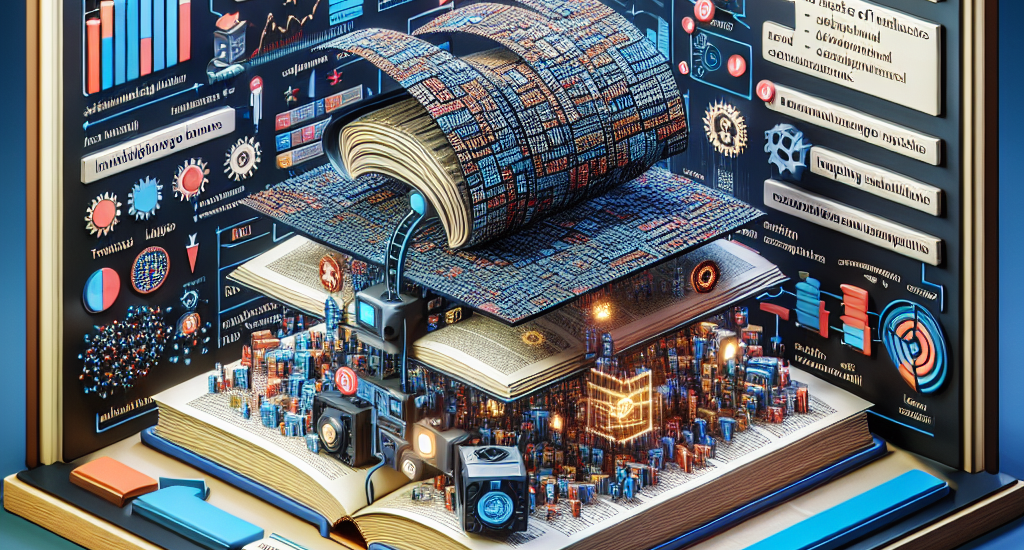Authors: Thao Nguyen, Jeffrey Li, Sewoong Oh, Ludwig Schmidt, Jason Weston, Luke Zettlemoyer, Xian Li
Abstract: We propose a new method, instruction back-and-forth translation, to construct
high-quality synthetic data grounded in world knowledge for aligning large
language models (LLMs). Given documents from a web corpus, we generate and
curate synthetic instructions using the backtranslation approach proposed by Li
et al.(2023a), and rewrite the responses to improve their quality further based
on the initial documents. Fine-tuning with the resulting (backtranslated
instruction, rewritten response) pairs yields higher win rates on AlpacaEval
than using other common instruction datasets such as Humpback, ShareGPT, Open
Orca, Alpaca-GPT4 and Self-instruct. We also demonstrate that rewriting the
responses with an LLM outperforms direct distillation, and the two generated
text distributions exhibit significant distinction in embedding space. Further
analysis shows that our backtranslated instructions are of higher quality than
other sources of synthetic instructions, while our responses are more diverse
and complex than those obtained from distillation. Overall we find that
instruction back-and-forth translation combines the best of both worlds —
making use of the information diversity and quantity found on the web, while
ensuring the quality of the responses which is necessary for effective
alignment.
Source: http://arxiv.org/abs/2408.04614v1





